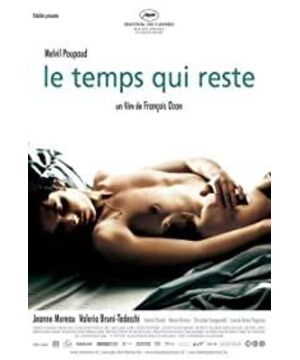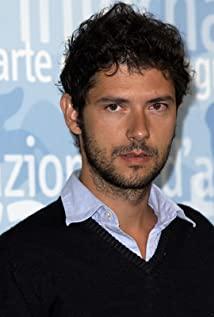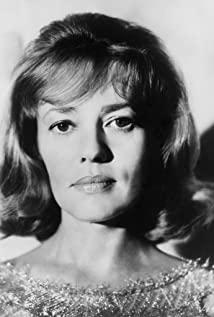Watching "Time", I couldn't help comparing it with "Family of Lost Souls". In "Lost", the first scene in which the whole family appears is a large family living under the same roof, enjoying a dessert after lunch together quietly. But this seemingly peaceful and warm family was completely disturbed by an experimental mouse, everyone was controlled by desire, the past life was subverted by desire, and finally staged a comical drama of collapse. But "Time" is the exact opposite. In the family dinner scene that appeared shortly after the film began, the younger sister quarreled because Lamin, as a photographer, was unwilling to take pictures of her children. Such a family that seemed to be full of cracks , but obtained reconciliation from the depths of their hearts in the process of Lamin's death.
Head-up perspective
Overall, the style of "Time" is calm, restrained and gentle. Compared with many movies about death, "Time" is neither deliberately sensational nor paranoid. The film's documentary-style lens language records the last journey of Lamin's life from a head-up perspective. Telling death from such a head-on perspective is rarely seen in mainland films. The head-up perspective is not only reflected in the film's neat lens language, but also in the content. In the movie, Lamin's grandma is the only relative who knows about it. The scene between Lamin and grandma is very touching. In one of the scenes, the old lady showed Lamin the various medicines she had to take every day in order to ensure that she could die in a healthy way, and then looked at Lamin seriously and said calmly, "I am very happy to die with you today. "In the eyes of the old lady, there is no compassion, no condescending sympathy, but a gentle level of gaze, which is extremely moving. In addition, the crying and painful scenes in the film are very short, and the use of music is restrained, trying to avoid the emotional expression in the form of catharsis.
Ways to Stop Time
In the film, O'Rong sets Lamin's career as a photographer. Photographers use photos to record the moments of life and preserve the fragments of time. In this farewell ceremony, photos and the camera in Lamin's hands continue to appear, recreating old times and witnessing the present.
In addition, in addition to the recording method of photography, the director also adopted a more personal recording method to stay in time, that is, the eyes. The last shot of Laming getting along with his friends and relatives is the picture of the other party looking at Laming's back. Here, the eyes of each relative and friend act as a camera, recording the last moment with their eyes. time, in their memory.
Memories should be the most important way for everyone to preserve lost time. The first scene at the beginning of the film is when Lamin ran to the sea as a child. After that, Lamin's childhood memories continued to appear, interspersed in the film. Perhaps, before a person is dying, the past pictures are easily repeated in his mind, which is an interpretation of the director's use of this method. And I think the childhood time is the happiest life experience in Lamin's heart. This period of time in Lamin's heart is accompanying Lamin, walking through the last journey of life together, witnessing the end of his life. memory, the last time.
View more about Time to Leave reviews











